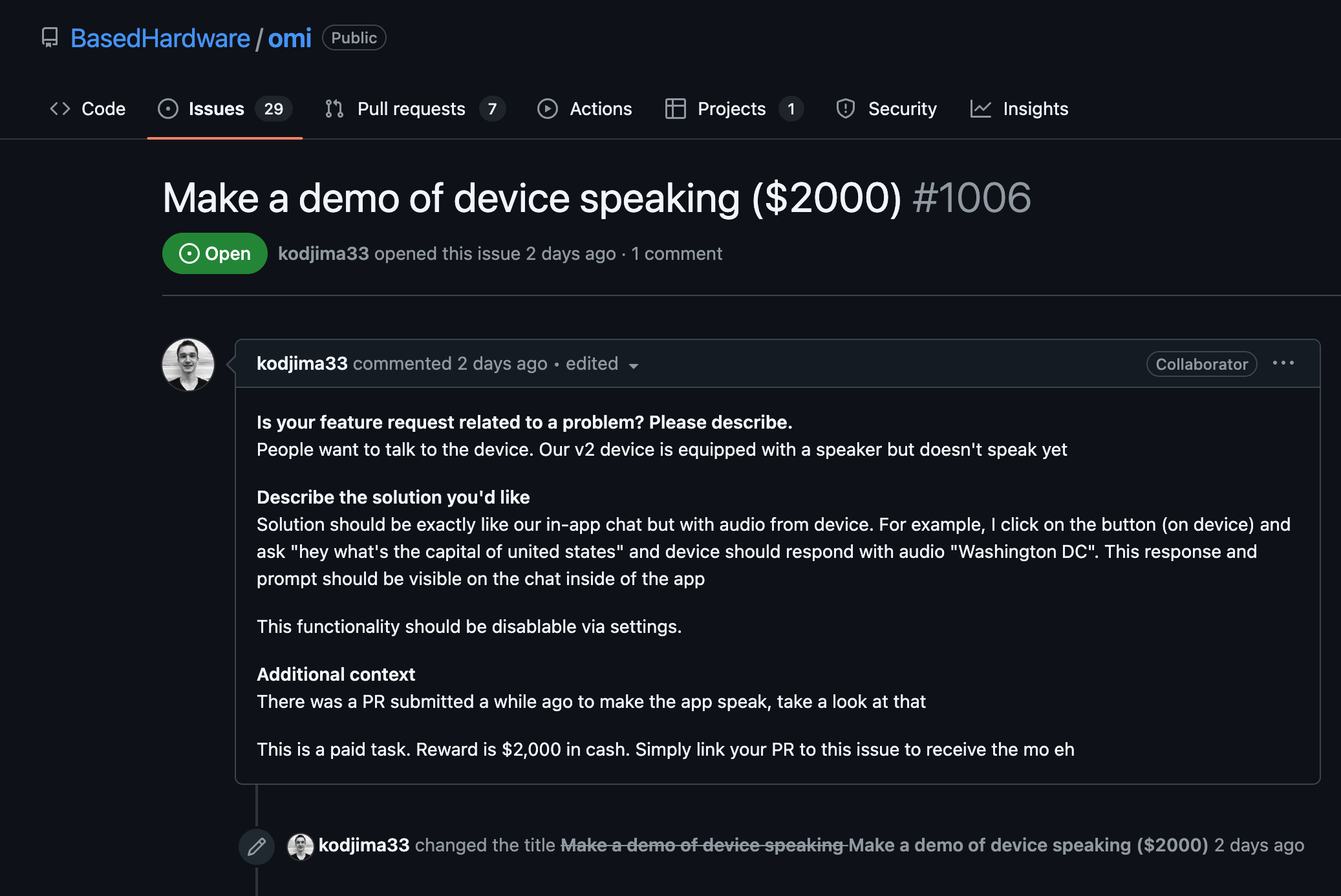Install TensorFlow Serving
- First, ensure you have Docker installed on your machine since it's one of the easiest ways to run TensorFlow Serving. Verify Docker installation by running `docker --version`.
- Pull the TensorFlow Serving Docker image using the command:
docker pull tensorflow/serving
Export Your Model to SavedModel Format
- TensorFlow Serving uses the SavedModel format. Ensure your model is converted to this format. If you're using a Keras model, you can export it as shown below:
model.save('/model/path/my_model', save_format='tf')
Run TensorFlow Serving with Docker
- Now that your model is saved, serve the model using TensorFlow Serving. Mount the model directory to Docker and run the container:
docker run -p 8501:8501 --name=tf_serving \
--mount type=bind,source=/model/path,my_model,target=/models/my_model \
-e MODEL_NAME=my_model -t tensorflow/serving
Test Your Model Server
- Use an HTTP client such as `curl` to send a JSON request to the model. Be sure to replace `YOUR_DATA` with appropriate input data:
curl -d '{"signature_name":"serving_default", "instances":[YOUR_DATA]}' \
-H "Content-Type: application/json" \
-X POST http://localhost:8501/v1/models/my_model:predict
Integrate TensorFlow Serving into Your Application
- To use the served model, you can integrate the HTTP requests into your application code. Here's an example using Python's `requests` library:
import requests
import json
url = "http://localhost:8501/v1/models/my_model:predict"
headers = {"content-type": "application/json"}
data = json.dumps({"signature_name": "serving_default", "instances": [YOUR_DATA]})
json_response = requests.post(url, data=data, headers=headers)
predictions = json_response.json()["predictions"]
print(predictions)























